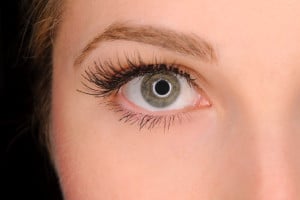There is probably no bigger temptation in life than squeezing or popping a bump on our skin. It’s practically irresistible, even though everyone from our mom to our dermatologist warns us about the dangers of pinching our zits – they can become infected, they can spread, they can scar. But nowhere is the “don’t squeeze” advice more serious than when it comes to boils and styes.
- The painful lump on your skin could be a boil.
- The painful lump on your eyelid could be a stye.
- They are both pus-filled skin infections that occur around a hair follicle or oil gland.
- Squeezing a boil or stye could make it worse.

Follow these instructions for properly treating a boil or stye at home:
Make a warm compress
Simply soak a clean washcloth in hot water from the faucet, but be careful that it isn’t too hot, especially if you’re treating a child. Applying heat this way is the best at-home treatment method for boils and styes and will allow the infection to be drawn out naturally.
Apply your warm compress
Hold it to the affected area for 10 to 15 minutes, three to four times a day until the boil or stye releases pus, which should allow it to heal.
Keep the area clean
Along with keeping the area clean, avoid touching or rubbing a boil or stye. In the case of a stye, don’t wear eye makeup or contact lenses until it heals.
Keep boil covered after it bursts
If your boil bursts, cover it with a sterile bandage or gauze to help prevent infection while it heals.
Tale ibuprofen for pain
If your boil or stye is painful, consider taking over-the-counter medications according to instructions to help reduce the pain.
Most boils and styes heal on their own within one to three weeks. However, if pain or swelling worsens after a few days, if another boil or stye appears, or if you develop a fever or vision problems, call us at (210) 692-3000 or (210) 370-9995.